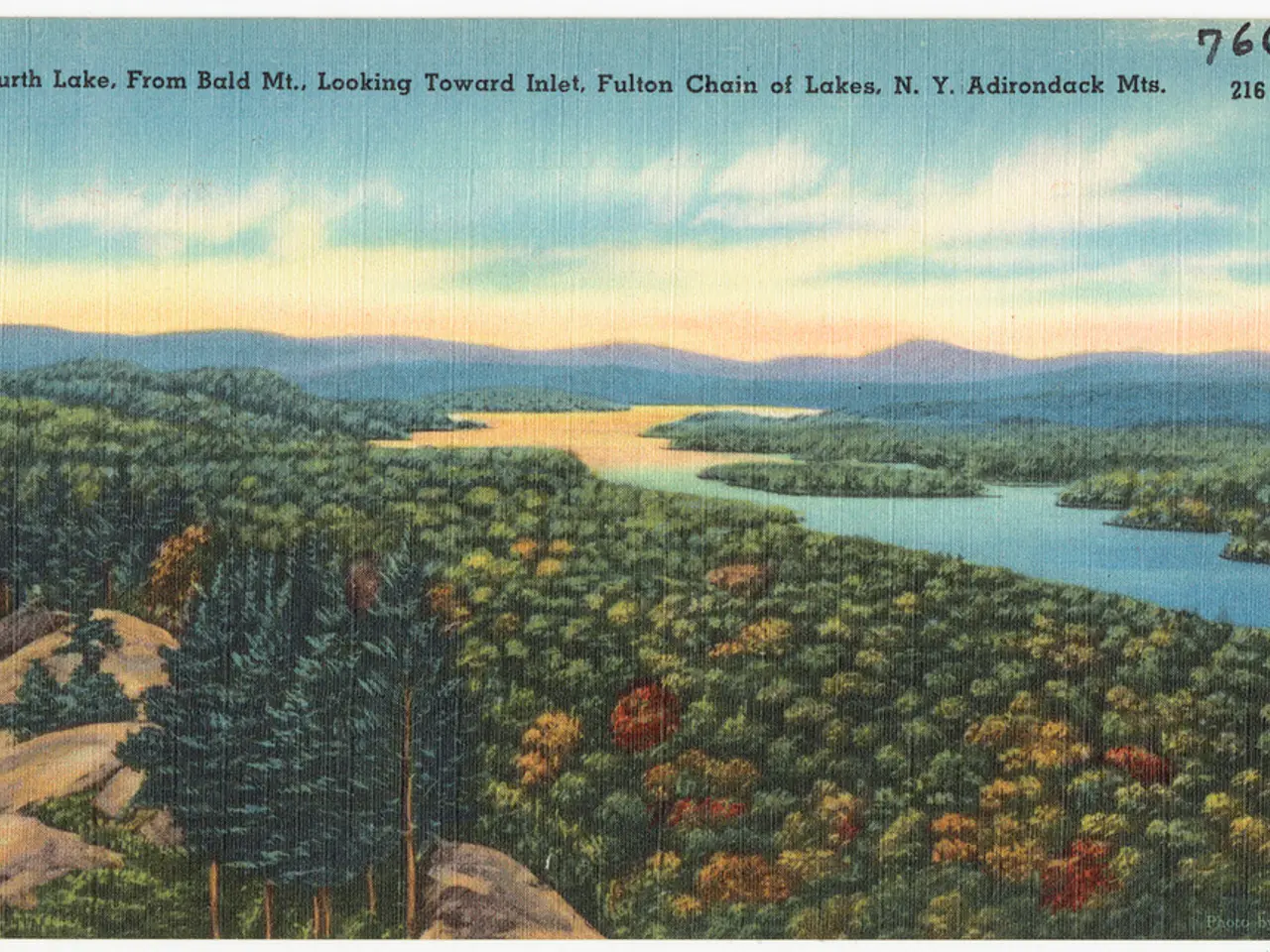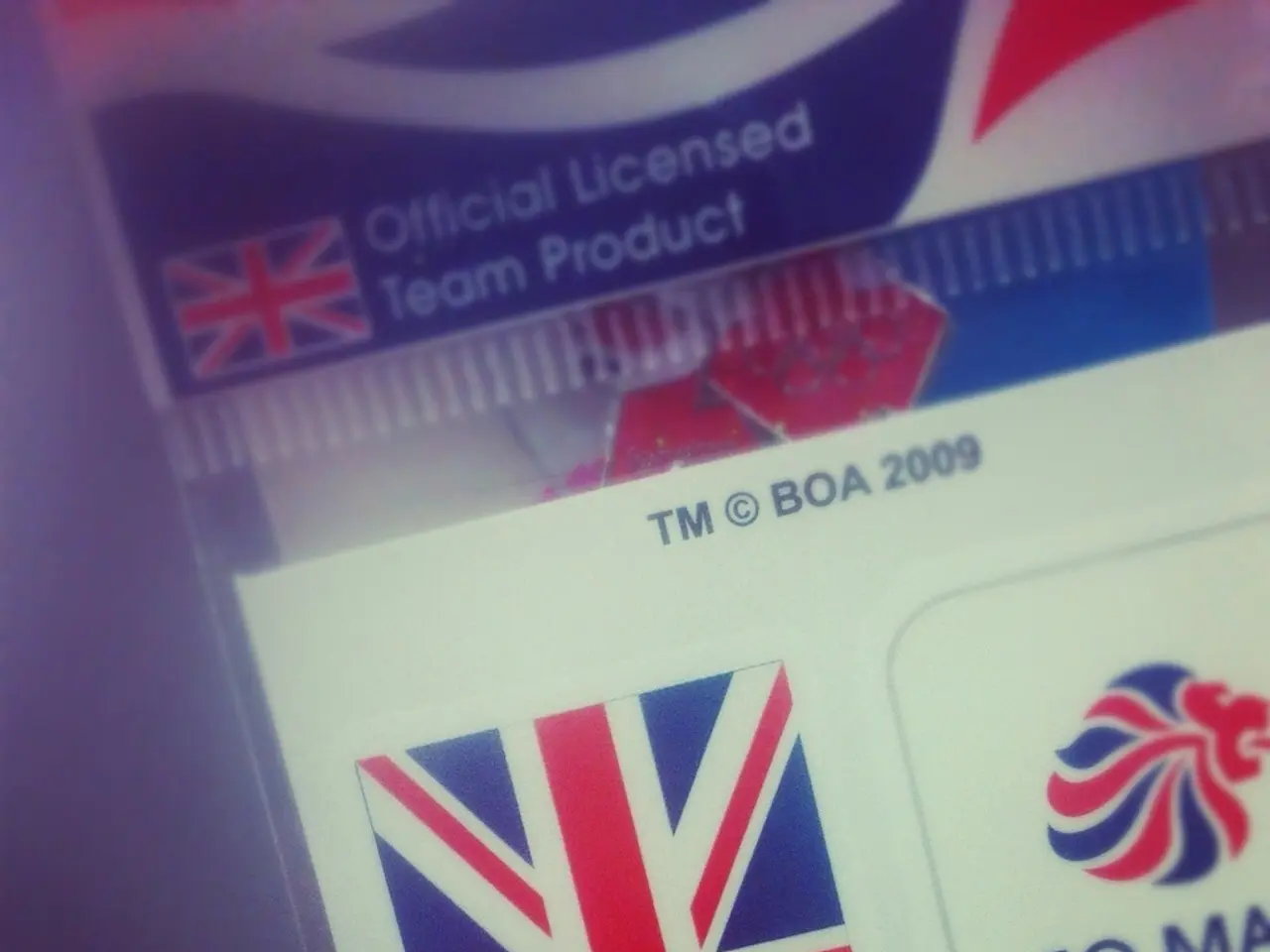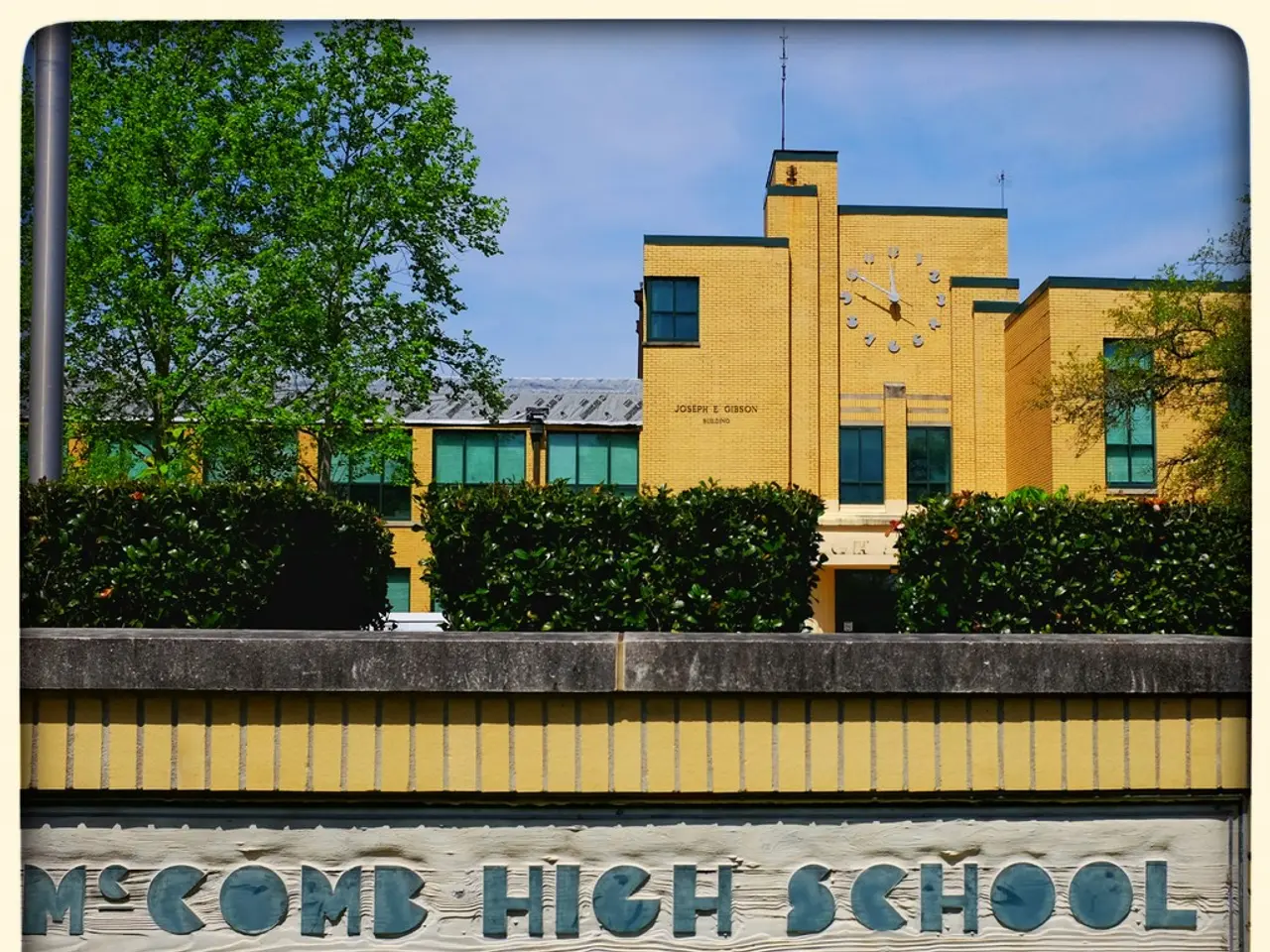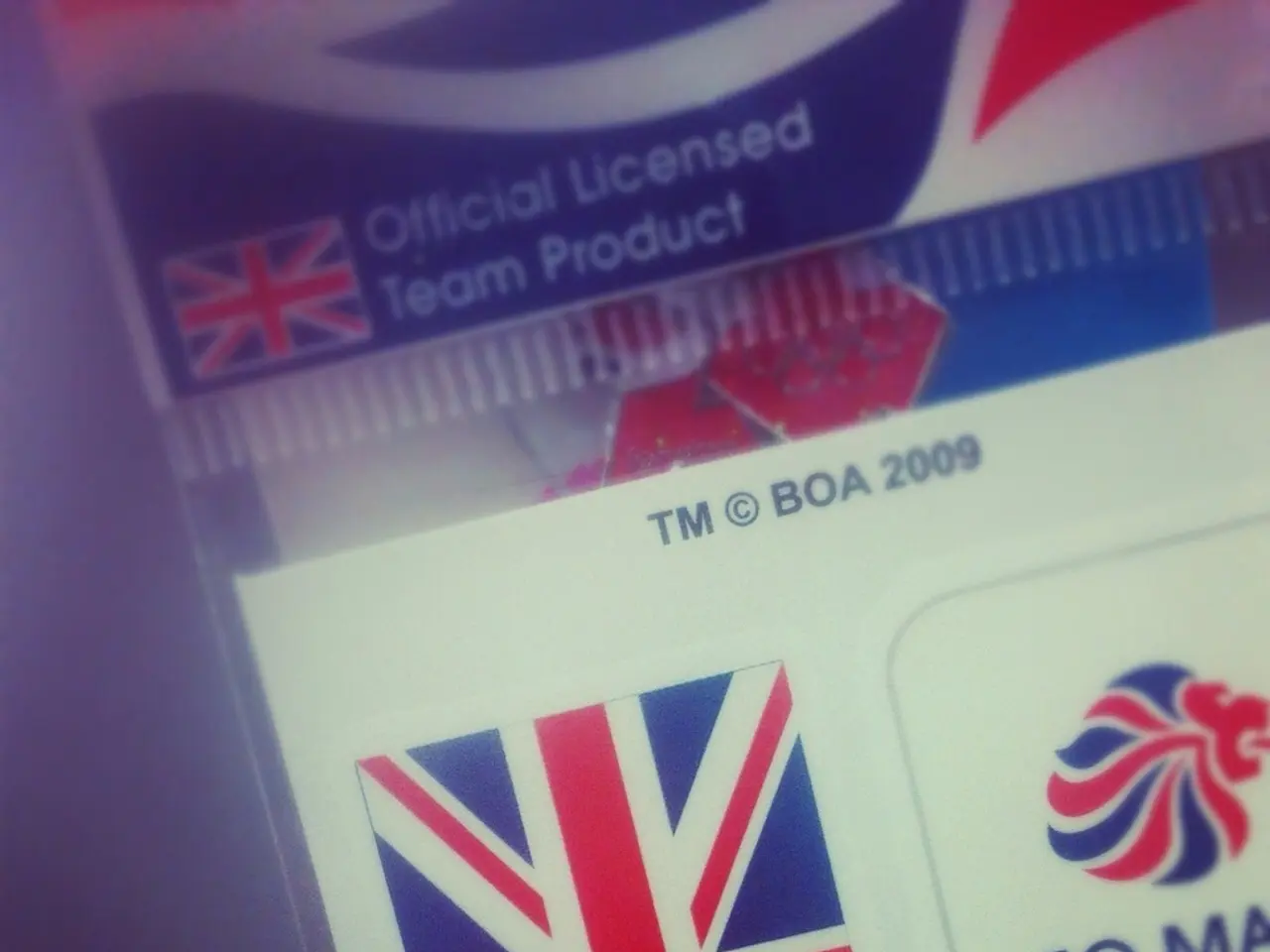Earth Layers Model Using Playdough
Creating a DIY playdough model of the Earth's layers is an engaging and educational project for children, providing a hands-on approach to learning about geology. Here's how you can make your own playdough Earth model, along with some additional geology activity ideas.
## Materials Needed for the Playdough Model
- Playdough in various colours to represent the Earth's layers (e.g., red for inner core, orange for outer core, yellow for mantle, brown for crust, blue and green for oceans and land). - Homemade playdough recipe (optional): - 4 cups flour - ¼ cup vegetable oil - 1 cup salt - 3 tablespoons cream of tartar - 3-3.5 cups boiling water - Food colouring
## Step-by-Step Guide to Making the Playdough Model
1. **Make the Playdough**: Mix all dry ingredients in a large bowl. Gradually add boiling water and mix until a dough forms. Divide the dough into portions and colour each portion according to the Earth's layers.
2. **Create the Inner Core**: Use a small piece of red playdough to form a ball, representing the inner core.
3. **Create the Outer Core**: Flatten a piece of orange playdough into a disc. Wrap it around the inner core ball.
4. **Create the Mantle**: Use yellow playdough to create a thicker layer around the outer core.
5. **Create the Crust**: Use a thin layer of brown playdough to represent the Earth's crust.
6. **Create the Surface**: Use blue and green playdough to represent oceans and land.
7. **Cut the Model**: Once the entire Earth model is formed, cut it in half to reveal the layered structure.
## Additional Geology Activity Ideas
### 1. Layered Earth Model with Clay - Use clay instead of playdough for a more durable model. - Similar steps as above.
### 2. Earth Layers Cards - Create three-part cards with pictures, definitions, and labels for each layer. - Use these cards to match and learn about the Earth's structure.
### 3. Geoboard Exploration - **Geoboard Project**: - Materials: - Corkboard or softwood - Rubber bands - Pushpins or small nails - Ruler or measuring tape - Permanent marker - Steps: 1. Measure and mark points on the board for a grid pattern. 2. Insert pushpins. 3. Attach rubber bands to create a grid. 4. Label rows and columns for coordinates.
### 4. Volcano Eruption - Use clay or playdough to create a volcano shell. - Mix baking soda and vinegar inside the volcano to create an eruption.
### 5. Geological Landforms Diorama - Use cardboard boxes to create a diorama of different geological landforms (e.g., mountains, valleys). - Decorate with clay, playdough, or paper mache.
These activities complement the playdough Earth model by engaging children in hands-on learning about geology and the Earth's structure. The playdough Earth model is suitable for Grades 2-5 as a hands-on science activity.
The mantle, located beneath the crust, affects the Earth's surface by moving the tectonic plates. The outer core is liquid while the inner core is solid due to pressure differences. The mantle is a thick layer of semi-solid rock where convection currents occur, driving plate tectonics.
Materials needed for the model include playdough in various colours (red, orange, yellow, brown, blue, and green), a rolling pin or plastic cylinder, a plastic knife, and construction paper (optional).
- Creating a DIY playdough model of the Earth's layers is an entertaining and educational activity for kids, fostering an understanding of geology.
- By following this guide, you can create your own playdough Earth model, and explore additional geology activity ideas for a more comprehensive learning experience.
- Geology education for kids doesn't have to be dull; engage them with hands-on art activities like creating their own layered Earth model with clay or playdough.
- Incorporating activities like the Geoboard Project enhances the understanding of earth science concepts, fostering problem-solving skills and geometric reasoning in kids.
- Encourage kids to delve deeper into environmental science by creating dioramas of various geological landforms, experimenting with materials like clay, playdough, or paper mache.
- Playdough Earth models and other STEM activities not only provide a fun learning environment but also contribute to a child's education and self-development.
- As children grow, they can internalize the importance of science, art, and environmental-science in their lifestyle, fostering a lifelong appreciation for learning and exploration.
- Preschoolers can also benefit from these hands-on activities, as they offer opportunities for play-based learning, promoting cognitive development and fine motor skills.




